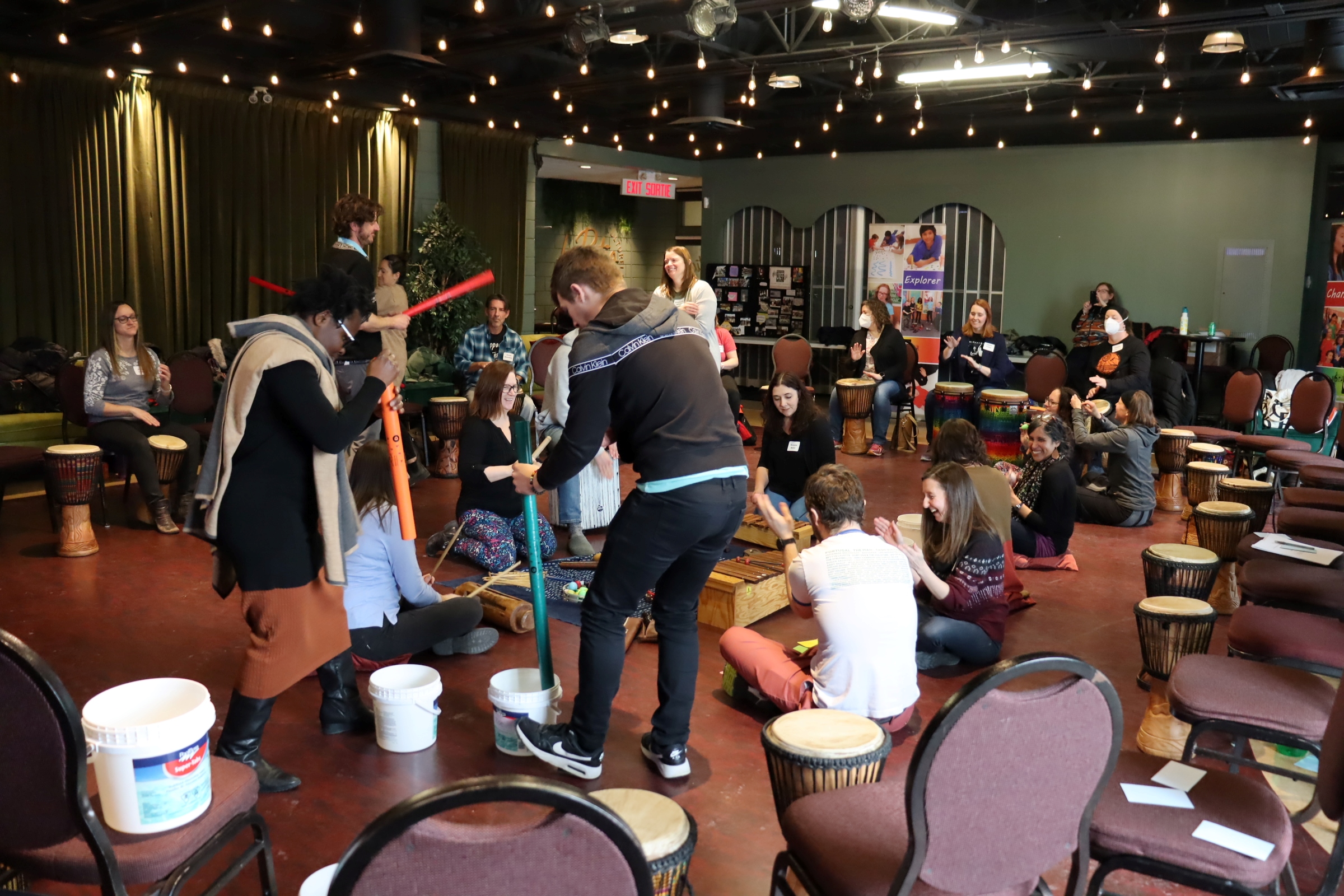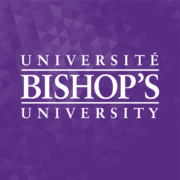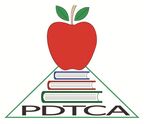HOW IS THIS SESSION RELATED TO TEACHING PRACTICES?
Specific studies conducted by professionals in the fields of music therapy and mental health show that rhythm: Reduces tension, and anxiety stress, connects people, and promotes collaboration. As well as the physical transmission of rhythmic energy to the brain actually synchronizes the left and right hemispheres. The Malicounda program complements teachers’ mission in their curriculum of education. Through their involvement in the various rhythm activities, participants will practice leadership, creativity, concentration, peer bonding, and teamwork fostering collaboration and harmony; essential qualities for achieving success at school.
Participants will enjoy building communication skills as they realize that, to produce a harmonious performance, they need to listen and engage one another to achieve synchronicity, coordination, discipline, and focus in executing a group performance. Teachers will leave the workshop with new creative ideas (songs, rhythm games, body percussion, and drum circle facilitation techniques) and educational materials adapted to each age group that will stimulate and enrich children’s lives!
WORKSHOPS AVAILABLE IN PERSON OR VI RTUAL
1. Music and Rhythm Workshop
2. Drum Circle Facilitation Workshop
3. Bucket Drumming Session in your classroom
1. MUSIC AND RHYTHM WORKSHOP !
What is more powerful than music to inspire a children’s activities?
With traditional drums, percussion instruments from around the world, and “home-grown” instruments: buckets, sticks, plastic bowls, jars/bags of rice or beans, and spoons artistic director, Louise Raymond guides participants through rhythms, and songs in different languages: English, French, Spanish and African dialects, as well as stories, dance and games activities.
The workshop culminates with sample improvisational activities that create a rich learning environment for children.
Through this workshop, teachers will acquire an additional educational technique that stimulates artistic and intellectual creativity in children and reinforces cognitive development.
Workshop participants will leave with tools and ideas to encourage children to explore their sense of rhythm and celebrate community!
2. DRUM CIRCLE FACILITATION WORKSHOP
Experience the transformative power of rhythm!
This interactive workshop provides teachers with the necessary tools to facilitate a drum circle using an innovative method created 30 years ago by Californian, Arthur Hull.
The workshop is built on a foundation of rhythms, percussive techniques, improvisation, body percussion and rhythm activities using various instruments from around the world. Participants learn to find their own rhythm while listening to the other drummers.
The participants experience great enjoyment and stress release as they come to realize that in order to produce a harmonious performance, they need to listen to one another, and then engage with synchronism, coordination, discipline and concentration.
3. BUCKET DRUMMING SESSION
Drumming on buckets is accessible and fun for everyone!
Using our expertise, children will learn to create rhythms using a bucket. The Malicounda team will teach you the basic techniques for playing simple rhythms with plastic buckets while learning about a model to improve academic and social success using rhythm.
Participants will discover that almost anything can be used as an instrument to create beats and rhythms using furniture or other implements, their own bodies, or the backs of their friends. While participating in our interactive group workshop, participants will learn about teamwork, communication, and shared leadership.
Find out how these exciting and educational techniques can be integrated into your student programs. Contact us today to find out more about our training courses!
WHERE THE PROFESSIONAL DEVELOPMENT HAS BEEN PRESENTED:
ORFF Chapters: Winnipeg, Calgary, Vancouver and Montreal, Canada
APIC, French Immersion National Convention in Canada
SEBIC, International Baccalaureats Convention in Quebec, Canada
CCTCA, Convention des enseignants (es) à Calgary, Alberta, Canada
NCTCA, North Central Convention pour la région du Nord de l Alberta, Association, Edmonton, Canada
PDTCA, Palliser District Teachers Convention Association, Canada
GETCA, Greater Edmonton Teachers Convention, Edmonton, Canada
Simon Fraser University, Vancouver, C.-B., Canada
FAMEQ, Fédération de la musique, Montréal, Québec, Canada
Okanagan University, C.-B., Canada
Capilano College in North Vancouver, Early Childhood Educator, Canada
Music for Young Children, Naramata, C. -B., Canada
CCRR Pacific Care, Nanaimo
Kamloops CCRR, British Colombia, Canada
Quesnel, CCRR, British Colombia, Canada









